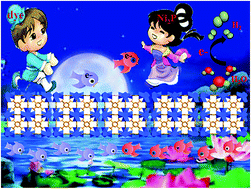Weak interaction results in inefficient electron transfer from the photoexcited erythrosin B dye photosensitizer to H2 generation co-catalyst Ni2P, thereby leading to low H2 generation. To address this issue, UiO-66 MOFs were used as a suitable medium for enhancing the electron transfer process. The strong π–π interaction between the benzene rings of erythrosin B dye and UiO-66 ensures efficient electron transfer from the photoexcited erythrosin B dye to UiO-66. In addition, UiO-66 can serve as the substrate for growing the Ni2P co-catalyst. As a result, the erythrosin B dye/UiO-66/Ni2P system offers efficient electron transfer from erythrosin B dye to UiO-66, and to Ni2P, thereby resulting in an active H2 generation when compared to the erythrosin B dye and Ni2P system. The erythrosin B dye/UiO-66/Ni2P system with an optimum Ni2P amount of 0.69 wt% exhibits the highest H2 evolution rate of 65 μmol h−1. This value is nearly 5 times higher than that of the reference system without UiO-66 (13.8 μmol h−1). The present results show the great potential of MOFs as a porous medium for enhancing the photocatalytic H2 generation performance of conventional systems containing a photosensitizer and H2 generation co-catalyst.
